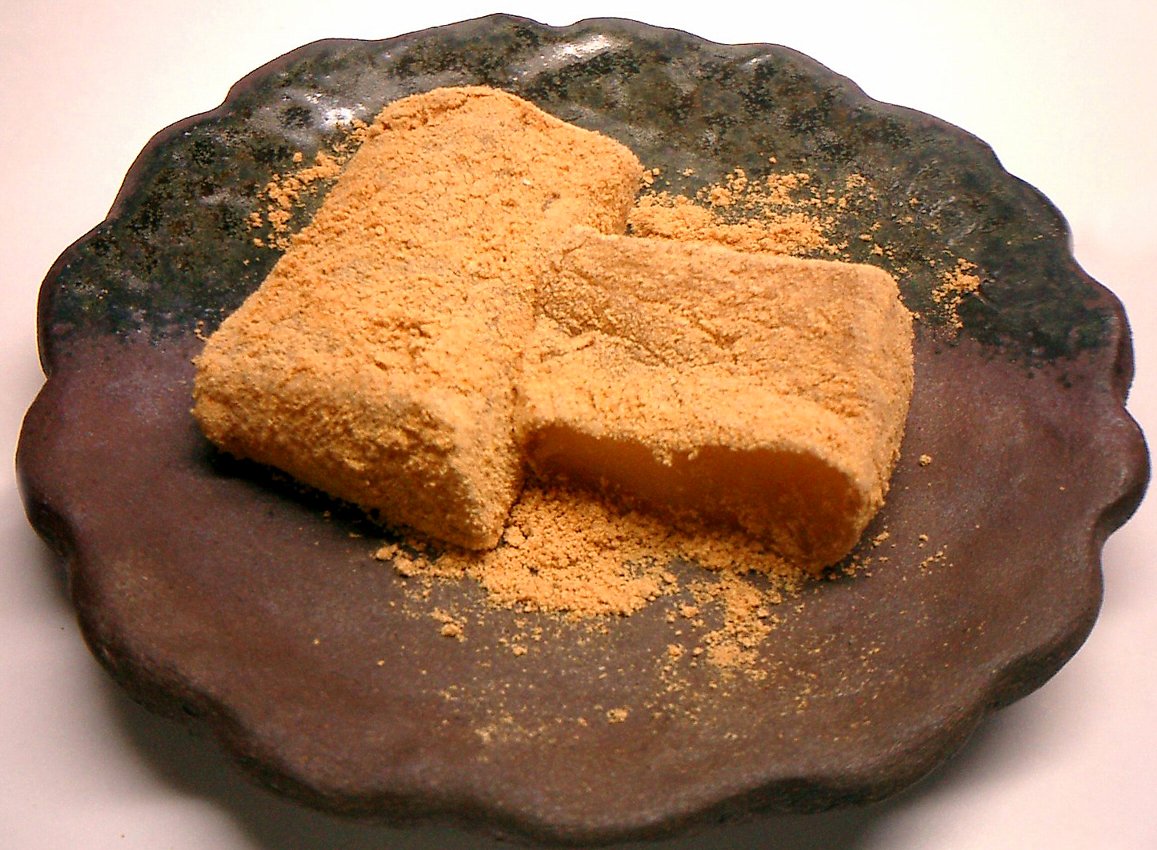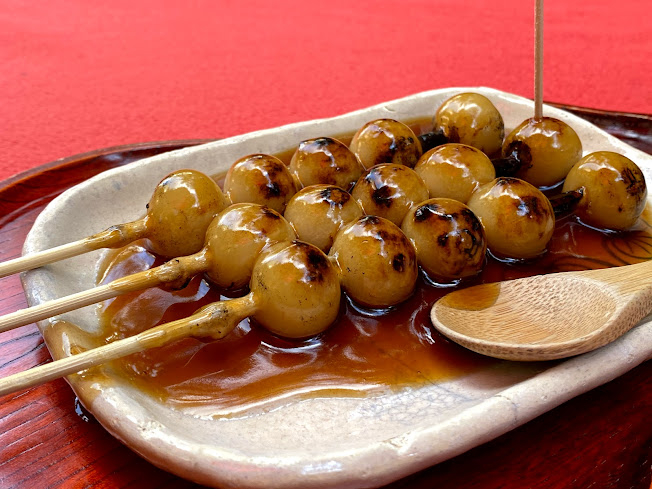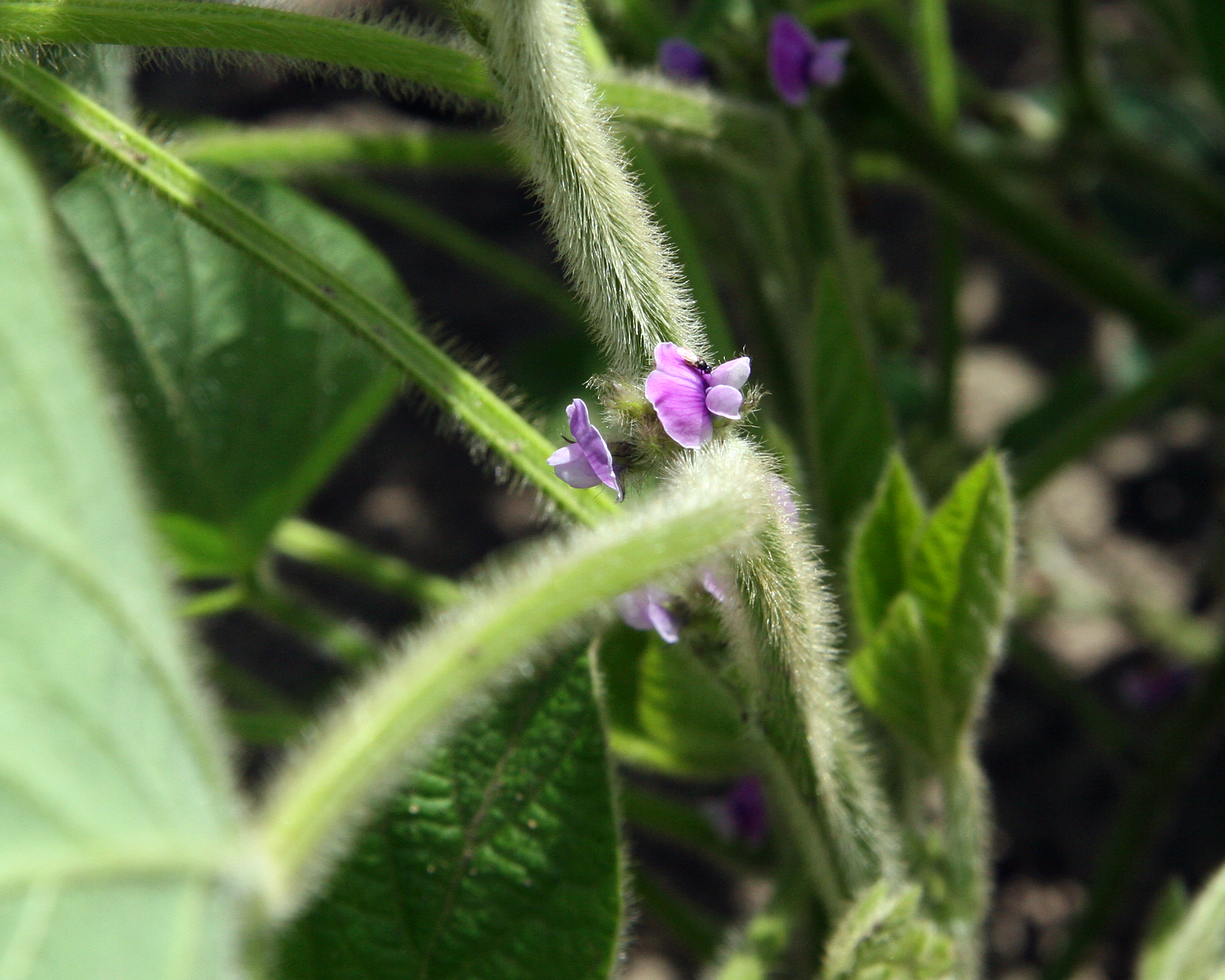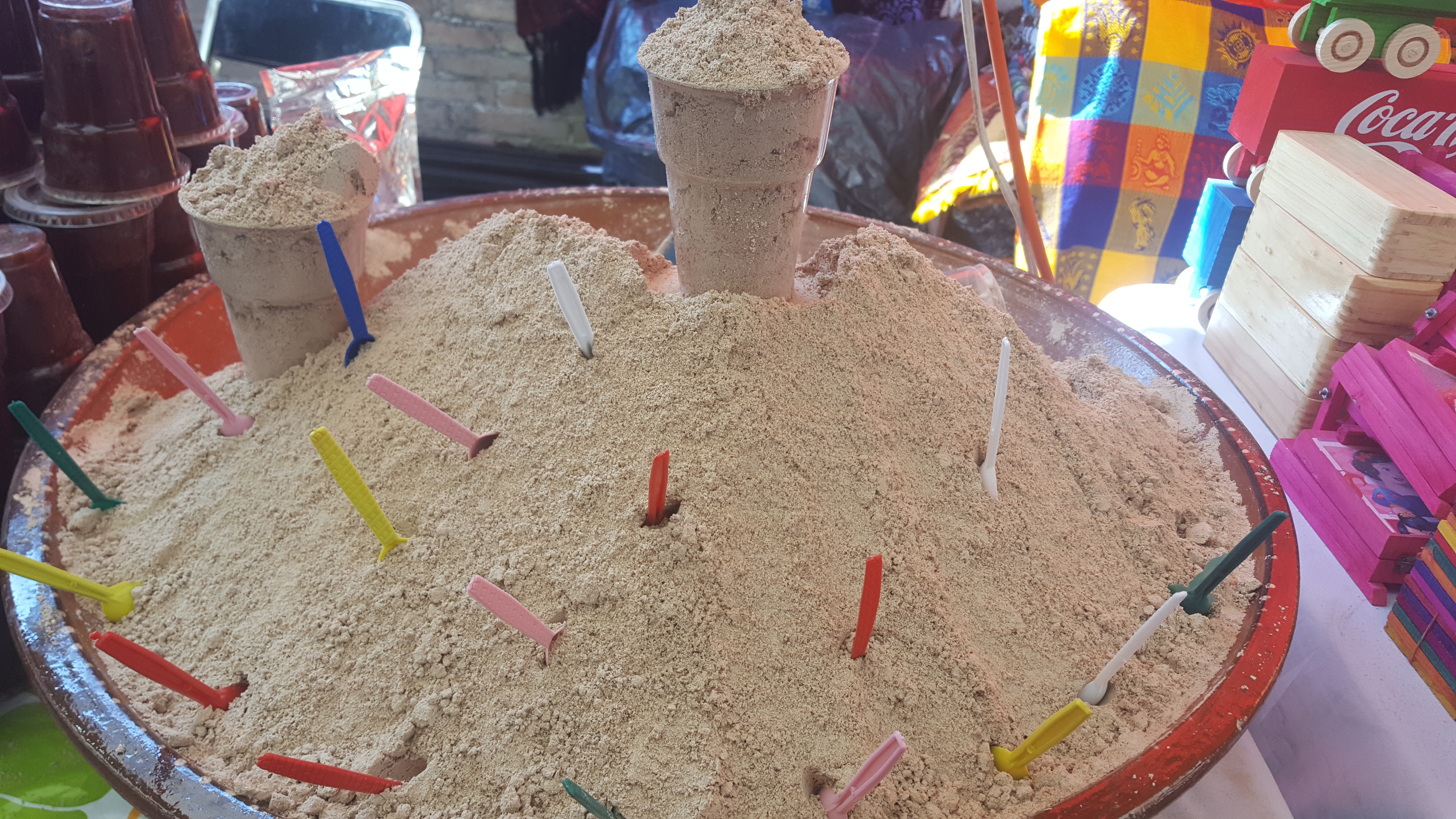|
Kinako
''Kinako'' ( or "yellow flour") is roasted Soy flour, soybean flour, used in Japanese cuisine. In English, it is usually called "roasted soy flour". ''Kinako'' is mostly used as a topping to flavor rice cakes like mochi. History Usage of the word ''kinako'' appeared in Japanese cookbooks from the late Muromachi period (1336–1573). An early record of the word comes from the text ''Sōtan Chakai Kondate Nikki'' (''Sōtan's Tea Ceremony Cookery Menu Diary''), written in 1587 by Sen no Sōtan, a Japanese tea ceremony, tea ceremony master. Production ''Kinako'' is produced by finely grinding roasted soybeans into powder. The skin of the soybean is typically removed before pulverizing the beans, but some varieties of ''kinako'' retain the roasted skin. Yellow soybeans produce a yellow ''kinako'', and green soybeans produce a light-green product. Usage ''Kinako'' is widely used in Japanese cooking, but is strongly associated with ''dango'' and ''wagashi''. ''Dango'', dumplin ... [...More Info...] [...Related Items...] OR: [Wikipedia] [Google] [Baidu] |
Dango
is a Japanese dumpling made with regular rice flour and glutinous rice flour. They are usually made in round shapes, and three to five pieces are served on a skewer, which is called . The pieces are eaten with sugar, syrup, red bean paste, and other sweeteners. Generally, ''dango'' falls under the category of ''wagashi'' (Japanese confectionery), and is often served with green tea. It is eaten year-round, but the different varieties are traditionally eaten in given seasons. ''Dango'' is sometimes compared with mochi, but is different in that mochi is generally made only with glutinous rice. A popular type of ''dango'', the ''hanami dango'', has been made into a Unicode emoji (🍡). Types The many different varieties of ''dango'' are usually named after the various seasonings served on or with it. Popular dango * is commonly covered with sweetened red bean paste; ingredients other than '' azuki'' are used on rare occasions. Other toppings for anko include made from ed ... [...More Info...] [...Related Items...] OR: [Wikipedia] [Google] [Baidu] |
List Of Soy-based Foods
This is a list of soy-based foods. The soybean is a species of legume native to East Asia, widely grown for its edible bean which has numerous uses. The plant is classed as an oilseed rather than a pulse by the UN Food and Agriculture Organization (FAO). Many foods and dishes are prepared using soybeans as a primary ingredient. Soy-based foods * * * Doenjang – Fermented soybean paste * * * * * * * * * * * * * * * * * * * * * * * * * * * * * * ** ** ** *** *** * * Dishes * * * * * * * * * * * * Product brands * – a brand of soy milk * * * * * * * * * * * * * * * * See also * List of fermented soy products * List of legume dishes * List of meat substitutes * List of tofu dishes This is a list of tofu dishes. Tofu, also called bean curd, is a food made by coagulating soy milk and then pressing the resulting curds into soft white blocks. It is a component in many East Asian and Southea ... [...More Info...] [...Related Items...] OR: [Wikipedia] [Google] [Baidu] |
Soybean
The soybean, soy bean, or soya bean (''Glycine max'') is a species of legume native to East Asia, widely grown for its edible bean. Soy is a staple crop, the world's most grown legume, and an important animal feed. Soy is a key source of food, useful both for its protein and oil content. Soybean oil is widely used in cooking, as well as in industry. Traditional unfermented food uses of soybeans include edamame, as well as soy milk, from which tofu and tofu skin are made. Fermented soy foods include soy sauce, fermented bean paste, nattō, and tempeh. Fat-free (defatted) soybean meal is a significant and cheap source of protein for animal feeds and many packaged meals. For example, soybean products, such as textured vegetable protein (TVP), are ingredients in many meat and dairy substitutes. Soy based foods are traditionally associated with East Asian cuisines, and still constitute a major part of East Asian diets, but processed soy products are increasingly used ... [...More Info...] [...Related Items...] OR: [Wikipedia] [Google] [Baidu] |
Soybeans
The soybean, soy bean, or soya bean (''Glycine max'') is a species of legume native to East Asia, widely grown for its edible bean. Soy is a staple crop, the world's most grown legume, and an important animal feed. Soy is a key source of food, useful both for its protein and oil content. Soybean oil is widely used in cooking, as well as in industry. Traditional unfermented food uses of soybeans include edamame, as well as soy milk, from which tofu and tofu skin are made. Fermented soy foods include soy sauce, fermented bean paste, nattō, and tempeh. Fat-free (defatted) soybean meal is a significant and cheap source of protein for animal feeds and many TV dinner, packaged meals. For example, soybean products, such as textured vegetable protein (TVP), are ingredients in many meat and dairy substitutes. Soy based foods are traditionally associated with East Asian cuisines, and still constitute a major part of East Asian diets, but processed soy products are increasingly used i ... [...More Info...] [...Related Items...] OR: [Wikipedia] [Google] [Baidu] |
Besan
Besan or gram flour is a pulse (legume), pulse flour made from chana dal or chickpea flour (split Bengal gram) or brown/Chickpea#Desi chana, ''kaala chana'', a chickpea. It is a staple ingredient in the cuisines of the Indian subcontinent, including Indian cuisine, Indian, Bangladeshi cuisine, Bangladeshi, Burmese cuisine, Burmese, Nepali cuisine, Nepali, Pakistani cuisine, Pakistani, Sri Lankan cuisine, Sri Lankan, Caribbean cuisine, Caribbean, and Lunigiana cuisines. Characteristics Gram flour contains a high proportion of carbohydrates, higher fiber relative to other flours, no gluten, and a higher proportion of protein than other flours. Dishes The Indian Subcontinent and the Caribbean Gram flour is in popular use in the Indian subcontinent and the Caribbean, where it is used to make the following: In Andhra Pradesh, it is used in a curry with gram flour cakes called Senaga Pindi Kura () and is eaten with Chapati or Puri (food), Puri, mostly during winter for breakfast ... [...More Info...] [...Related Items...] OR: [Wikipedia] [Google] [Baidu] |
Pinole
Pinole, also called pinol, is roasted ground maize. The resulting powder is then used as a nutrient-dense ingredient to make different foods, such as cereals, baked goods, tortillas, and beverages. For example, it can be mixed with a combination of cocoa, agave, cinnamon, chia seeds, vanilla, or other spices, to make a beverage called pinolillo. The name comes from the Nahuatl word ''pinolli'', meaning cornmeal. Today, pinole is generally made by hand using wood-burning adobe ovens and a stone and pestle, and is still consumed in certain, often rural, parts of Latin America. Pinole is considered the national beverage of Nicaragua. Nutritional content Depending on the type of pinole and the quality of its ingredients, pinole can be high in key vitamins and nutrients, including protein, amino acids, fiber, and antioxidants. Due to the large amount of fiber and the slow digestion of the maize, pinole also has a very high satiety effect, leaving those who consume it feeling f ... [...More Info...] [...Related Items...] OR: [Wikipedia] [Google] [Baidu] |
Mochi
A mochi ( ; Japanese ) is a Japanese rice cake made of , a short-grain Japonica rice, japonica glutinous rice, and sometimes other ingredients such as water, sugar, and cornstarch. The steamed rice is pounded into paste and molded into the desired shape. In Japan, it is traditionally made in a ceremony called . While eaten year-round, mochi is a traditional food for the Japanese New Year, and is commonly sold and eaten during that time. Mochi is made up of polysaccharides, Clofibrate, lipids, protein, and water. Mochi has a varied structure of amylopectin gel, starch grains, and air bubbles. In terms of starch content, the rice used for mochi is very low in amylose and has a high amylopectin level, producing a gel-like consistency. The protein content of the japonica rice used to make mochi is higher than that of standard short-grain rice. Mochi is similar to , which is made with rice flour instead of pounded rice grains. History Red rice was the original variant used in ... [...More Info...] [...Related Items...] OR: [Wikipedia] [Google] [Baidu] |
Kusa Mochi
Kusa mochi (, "herb mochi"), also known as ''yomogi mochi'' (), is a Japanese confection. It is made from mochi and leaves of yomogi (Japanese mugwort). The leaves are kneaded into the mochi, giving it a vivid green color. The greenness depends on the amount of Japanese mugwort blended in the mochi. History The custom to knead Japanese mugwort was adopted from the Chinese. Documents state that nobles were eating kusa mochi during palace events in the Heian era. It used to be made with Jersey cudweed before the Heian era. Another purported reason for the change in ingredients was because Jersey cudweed is called ''Haha-ko-gusa'' which literally translates to "mother-and-child grass". As kusa mochi was enjoyed with a purpose of wishing for the health and well-being of mother and her children, it was considered ominous to knead jersey cudweed into the mochi. Since the Edo-era, kusa mochi began to be used as offering for Hinamatsuri (the Girl's Festival). The reason it was c ... [...More Info...] [...Related Items...] OR: [Wikipedia] [Google] [Baidu] |
:Category:Japanese Words And Phrases ...
{{Commons Words and phrases by language Words Words Words A word is a basic element of language that carries meaning, can be used on its own, and is uninterruptible. Despite the fact that language speakers often have an intuitive grasp of what a word is, there is no consensus among linguists on its ... [...More Info...] [...Related Items...] OR: [Wikipedia] [Google] [Baidu] |





